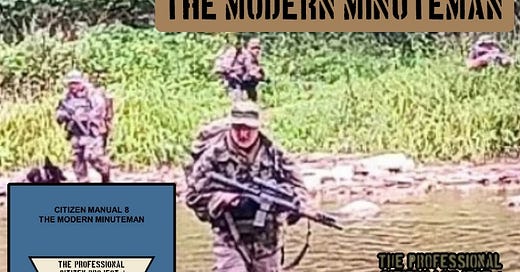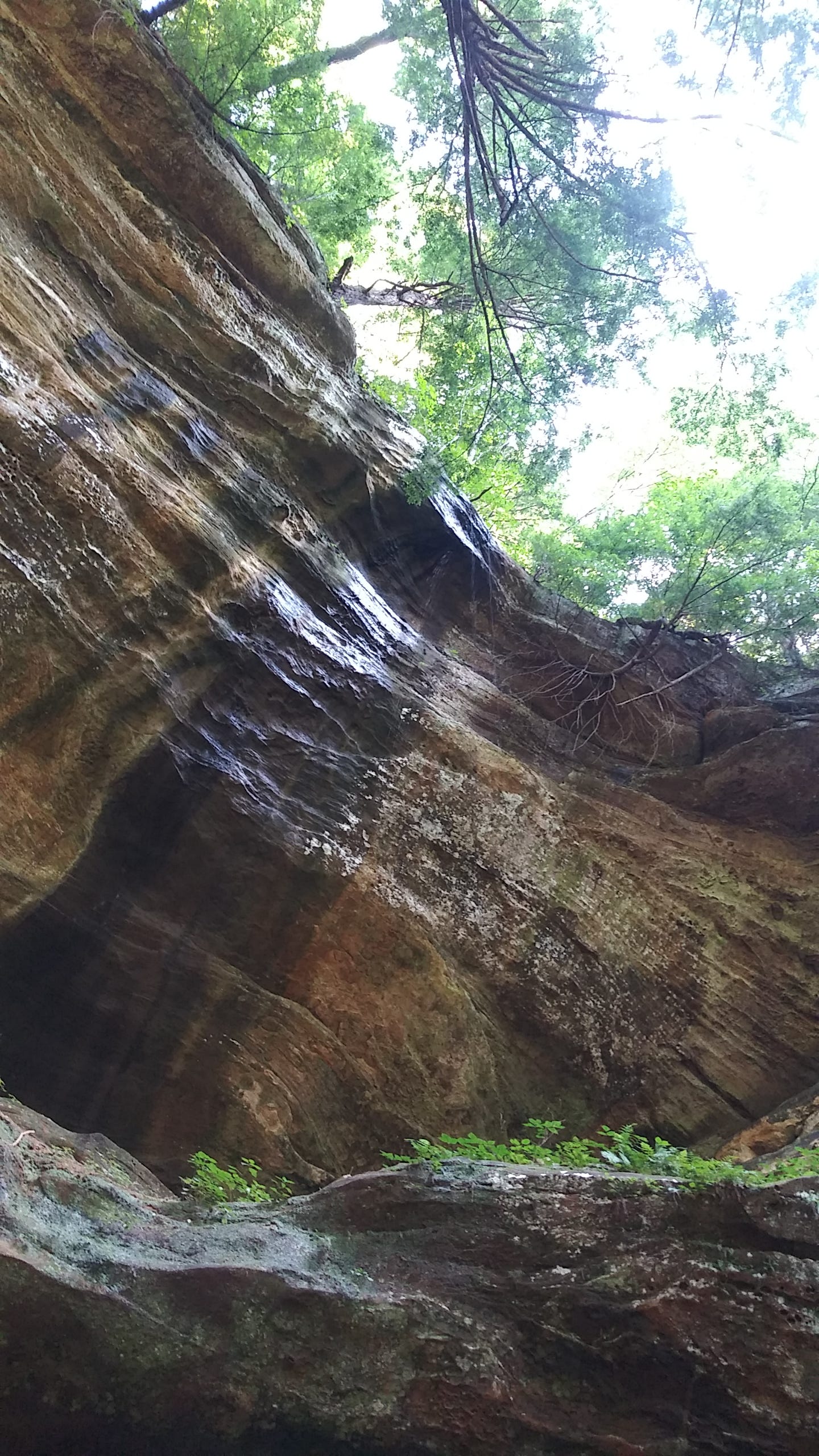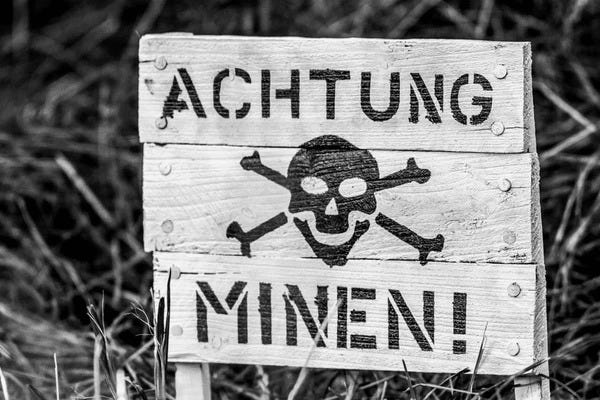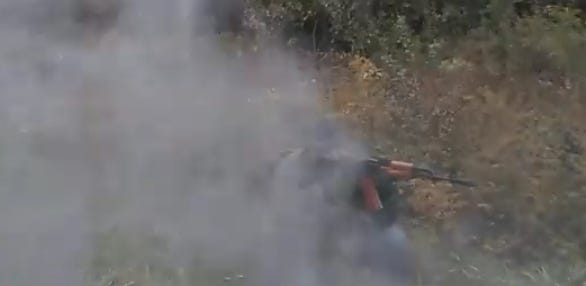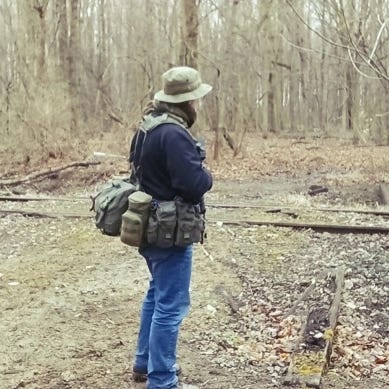The following is a brief excerpt from CM-8 The Modern Minuteman with The Professional Citizen Project. Fieldcraft has become a bit of a lost art today and understanding Obstacle Crossings are a component to becoming better and working in the field.
Obstacle Crossing
Obstacles to movement represent either natural, human habitat originated, constructed, concealed obstacles, or obstructive impediments to movement of military troops and their vehicles, or to their visibility. The obstacle represents an added barrier between opposing forces and can prevent the Modern Minuteman from achieving their objectives and goals.
Generally, the role of obstacles are used in any operation is to create choke points, deny corridors of travel and avenues of approach to important positions, to enhance field of fire, and/or to protect key terrain features from any opposing force.
Types of obstacles include:
Natural: This can include rocks, cliffs, swamps, rivers, lakes, dense vegetation and so on.
Habitat: Man made features such as roads, rail lines, buildings, canals, damns, fences, walls, etc…
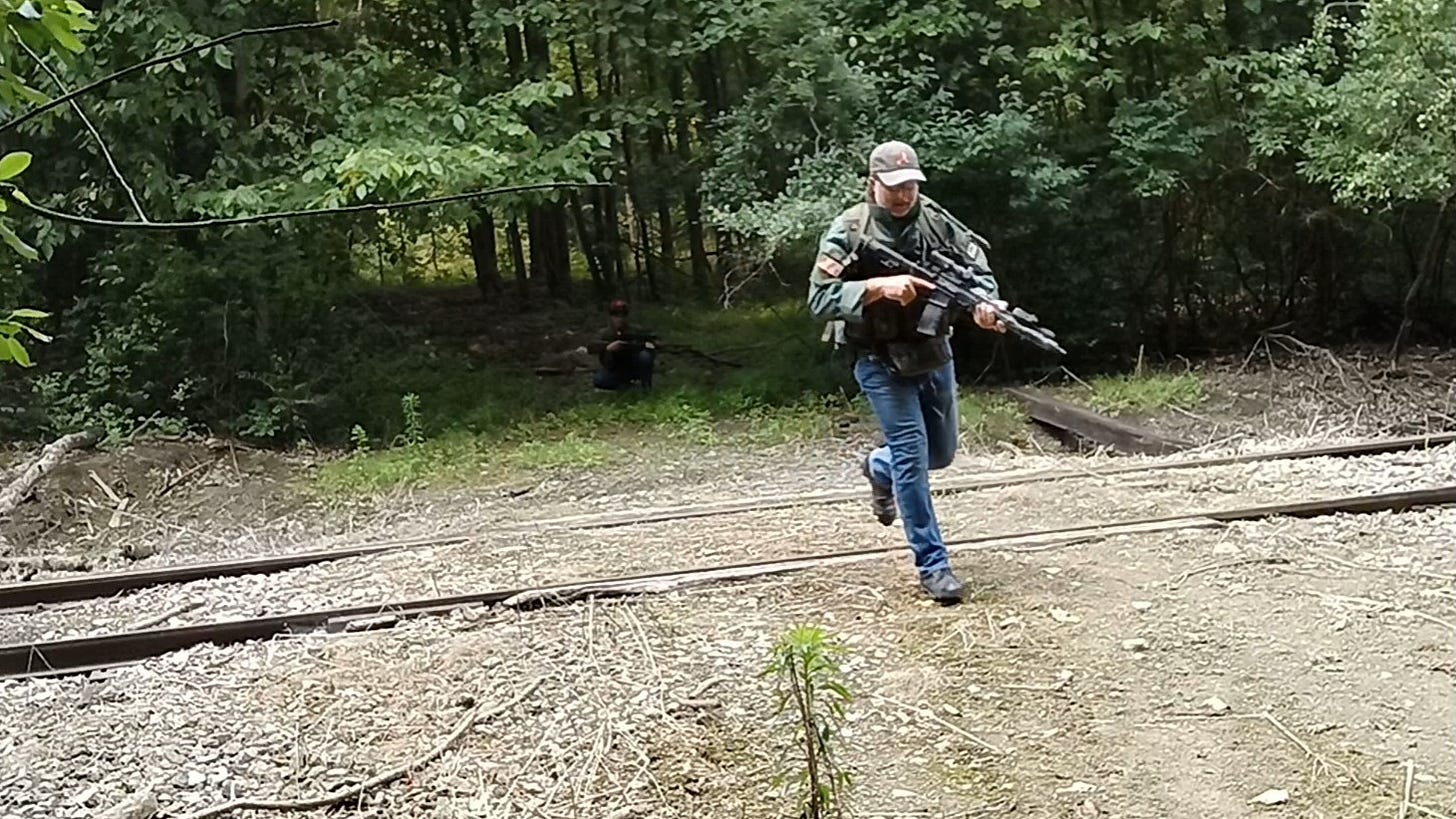
Concealed: These are man-made with the intention of preventing movement and to cause possible harm such as mine fields and booby traps.
Constructed: Purposely created man-made obstacles such as debris mounds, ditches/trenches, downed trees, burned out cars, and many others.
Obstructive: Used to deny visibility to others such as using smoke from various means.
Minutemen should prefer to deal with physical obstacles by going around them as rapidly as possible, therefore avoiding becoming a stationary target to any opposing force. In modern armies they will have the luxury of utilizing Combat Engineers to clear many obstacles and to create safe corridors with which to move through. The Modern Minuteman won’t have such luxuries so understanding how best to move around such obstacles will be important.
For more on Fieldcraft Skills such as understanding and dealing with obstacles, check out CM-8 The Modern Minuteman from The Professional Citizen Project.
The Professional Citizen Project manuals include:
CM-1 Individual Tactical Skills
CM-2 Reconnaissance
CM-3 AR Pattern Rifle and Carbine
CM-4 Land Navigation
CM-5 Teenage Prepper
CM-8 The Modern Minuteman
CM-9 Adverse Conditions and Environments (ACE)

